|
Training Courses
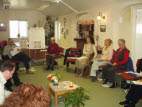
Tours
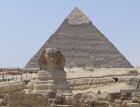
Online Videos
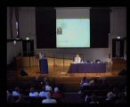
|
Introduction
This article looks at the statistical arguments against "leys" as a way of evaluating the probability of the twin circles on the Marlborough Downs being deliberate or simply a chance occurance.
Ley Lines in Question
In their book "Ley Lines in Question (p.94) " Tom Williamson and Liz Bellamy make the following statement:
"Since those those early days, ley hunters have employed more sophisticated statistical analysis, the most famous of which is that of the statistician Peter Furness. He first ascertained the probaability that a point dropped at random would fall on a line drawn on and Ordnance Survey maps. Then, taking the number of potential mark points on any given map to be 200, he calculated that if a line was 30 miles long and 17.6 yards wide ( the width of a pencil line on a map), in an area of 625 square miles (the area covered by a 1-inch OS map), pure chance would produce, 1,570 alignments of 3-points, 72 of 4-points and two of 5-points. A 6-point alignment would occur on one in 20 maps and there would only be one 7-point ley in 1,000 maps. The results of this were tested by Robert Forest, probably the only unbiased statistician to work on leys using a computer simulation, a more advanced form of the methods employed by Watkins. It was programmed to join every pair of blobs in turn, and to count the number of other blobs that fell on the alignment, on the basis that a bob was included if its centre fell within 0.01 units of the line. This produced 752 3-point alignments, 33 4-point alignments, two 5-point alignments and no 6- or 7- point alignments. It therefore supported Furness's theoretical work in showing that 6- and 7- point alignments are unlikely to occur by chance,
for what the computer did was equivalent to a very thorough and precise ley hunt on a complete
1:50,000 OS sheet containing 200 ley points."
These arguments show that leys of 4 points are most likely to have occured by chance, whilst those of 6 or 7 points are unlikely to occur by chance.
The Marlborough Circles and "ley" analysis
Technically speaking the Marlborough Downs Circles are not leys because they are not in straight lines. Nevertheless they do conform to all of the same criteria of a ley in the types of sites used, namely archeological sites of long barrows, henges, standing stones and round barrows in addition to Pre-Reformation church sites. In this it must be noted that the Marlborough Downs area is particularly rich in archeological sites, Avebury itself being a World Hertiage site.
The mean circumference of the two circles is 37.46 miles; slightly greater than the distances used by Furness and Forest in their analysis:
The eastern circle has 15 points and the western circle has 13 points. If we reduce these points to conform with the statistical analysis shown above then the eastern circle would reduce to 12 points (15 x 30/37.46) and the western circle would reduce to 10 points. The two circles are shown below.
|
|
| Fig. 1 The Twin Circles of the Marlborough Downs |
On the basis of the statistical analysis shown above a ley of 12 points and a ley of 10 points is far in excess of what one would expect by chance alone. That these two circles can be found together further enhances their probablity as being deliberate.
Positional Relationship
One further piece of coorborative evidence needs to be stressed in support of the deliberate intent of this pattern is the positioning of the various points on the circumference of each circle.
As can be seen above a predominance of points lie on the western side of each circle. If we take the western circle and rotate this through 45° (degrees) and then superimpose one circle on the other it can be shown that a number of points correlate with each other.
|
| Fig. 2 Correlations between of the two circles |
From this we can see the following correlations:
Avebury henge with Bishops Cannings ch.
Broad Hinton ch. with Compton Bassett ch.
Wroughton ch. with Townsend's Knoll
Savanake Forest ch. (St Katherine's) with Round Barrow in Savenake Forest
Huish Hill earthworks with Manningford Bohume ch. (deconsecrated)
These corresponding positions reinforce the view that the circles were deliberately set out in the landscape.
Site Summary
| Type of Site |
Number |
Sites |
Churches (Pre-Reformation)
There are a total of 32 churches, with either spires or towers in the area of the twin circles. Surprisingly few for such a large area. Most of these would be pre-reformation. That 11 or approximately one third form part of the pattern is remarkable. |
11 |
Winterbourne Monkton
Berwick Bassett
Winterbourne Bassett
Broad Hinton
Wroughton
Wootton Rivers
Bishops Cannings
Calstone Wellington
Compton Bassett
Clyffe Pypard
Ogbourne St. George |
| Churches (other) |
3 |
St. Katherine's (Savernake Forest)
Pewsey (Weslyan Chapel)
Manningford Bohune (Deconsecrated chapel) |
| Henge |
1 |
Avebury (This is the largest henge in Britain) |
Long Barrow
There are a total of 27 known long barrows in the area of the circles. Many of these have disapeared completly but a few like the East Kennet long barrow can still be seen |
1 |
East Kennett (one of the largest long barrows in the area |
Tumulus ( Round Barrow)
A quick count of of all of the tumulii shown on the corresponding 1:50, 000 OS sheet for the area shows around 160 (± 10). Obviously with so many sites it is likely that any line would go through several, so these may or may not be significant although they do date more closely to the presumed time of the circles construction. |
7 |
Hinton Downs (a)
Hinton Downs (b)
East Kennett
Waden Hill
Morgan Hill
Bupton (a)
Bupton (b)
Savernake Forest (a)
Savernake Forest (b) |
| Earthworks |
4 |
Savernake Forest (trackway)
Townsend's Knoll
Huish Hill (bank and ditch)
Gopher Wood (bank and ditches) |
| Hill Forts and Promontories |
2 |
Giants Grave
Morgan Hill |
Topography
The final comment that is worth making about this pattern is its relationship to the topography of the area. It would seem as though the location was carefully chosen although at first sight the height of the Marlborough Downs themselves precludes any clear observation across the whole pattern. The circles pass through some high points such as Morgan Hill and The Giant's Grave, which provide long distant views. The north-eastern segment of the western circle runs around the side of the escarpment, in a way that might make one think that it was deliberately sculptured and the eastern circle running along the top of Waden Hill gives extensive views across the Downs and to the west. Although challenging it would not be impossible to set out two circles of this magnitude with time, patience and sufficient man-power.
Summary
Both Forest and Furness claim that leys of 7 or more points are unlikely to have occured by chance. Whilst improbable situations can occur, the chances that two circles of similar size, one with 12 points and the other with 10 should occur close together by chance would appear to be statistically very unlikely although not totally impossible. That 5 points on each circle correlates in its positioning by 45° (degrees) strongly suggests deliberate intent.
For grid references of the site see: Location
For a description of the sites see: Marlbough Downs Tour
For futher statisical analysis of leys see:
http://en.wikipedia.org/wiki/Alignments_of_random_points
For further background on leys see:
http://en.wikipedia.org/wiki/Ley_line
Useful Links
follow on articles giving more details of other landscape
patterns.
Twin circles of the
Marlborough Downs explores sacred patterns of Wiltshire
Marlborough Downs
Sites a tour of the sites that make up the twin circle pattern
The Cotswold Circle an
article on a similar sized circle that over-lights the Cotswold area
The Hidden Geometry of
Avebury a look at the hidden geometry of Avebury
Silbury Hill and the Sanctuary an article on
significance of Silbury Hill and the Sanctuary
The Keys to
the Temple information on the book The Keys to the Temple by David Furlong
|
For further information please write to:
David Furlong Myrtles, Como Road, Malvern Worcs WR14 2TH
Tel: +44 (0)1684-569105 or Mobile: + 44 (0)777-978-9047
Email:
David Furlong |
|
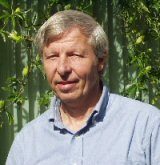
David has been working as a healer, therapist and researcher for more than 40 years. He is the author of six books including The Healer Within and Working With Earth Energies
To contact David click here
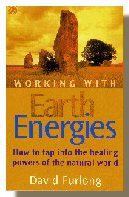
The definitive book on Working
With Earth Energies.
Click here for more
details.

The book The Keys To The Temple from which the article is taken. Click the image for further details.
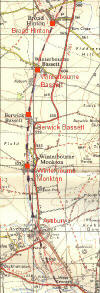
Click to enlarge
The four church sites of:
Winterbourne Monkton, Berwick Bassett, Winterbourne Bassett and Broad Hinton that led to the discovery of the landscape circles. Click to enlarge
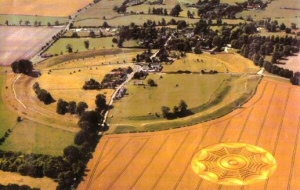
Avebury from the air. One of the key points on the Eastern Circle.
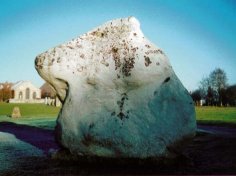
Part of the Avebury Henge
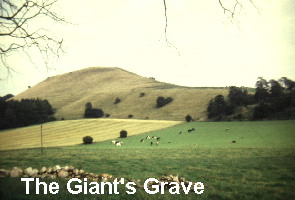
The Giant's Grave: one of the points on the circumference of the Eastern Circle.
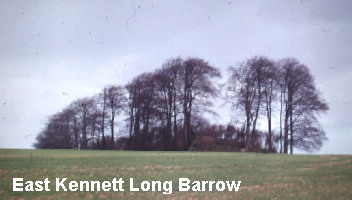
The East Kennett long barrow. A key point on the Eastern Circle.
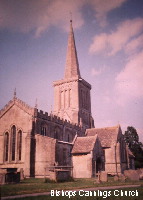
Bishops Cannings Church. One of the key points on the Western Circle
|






